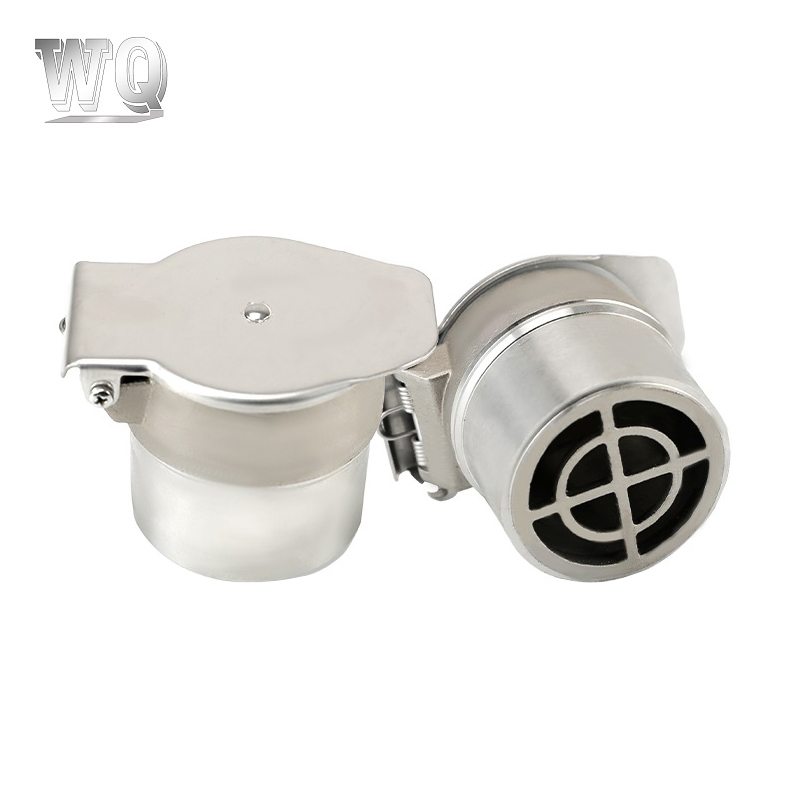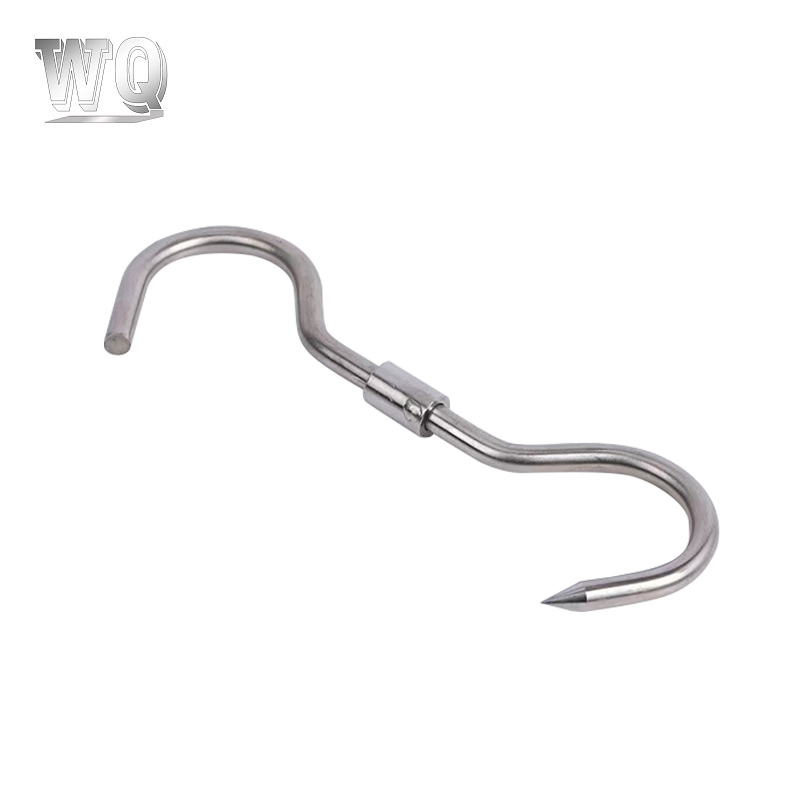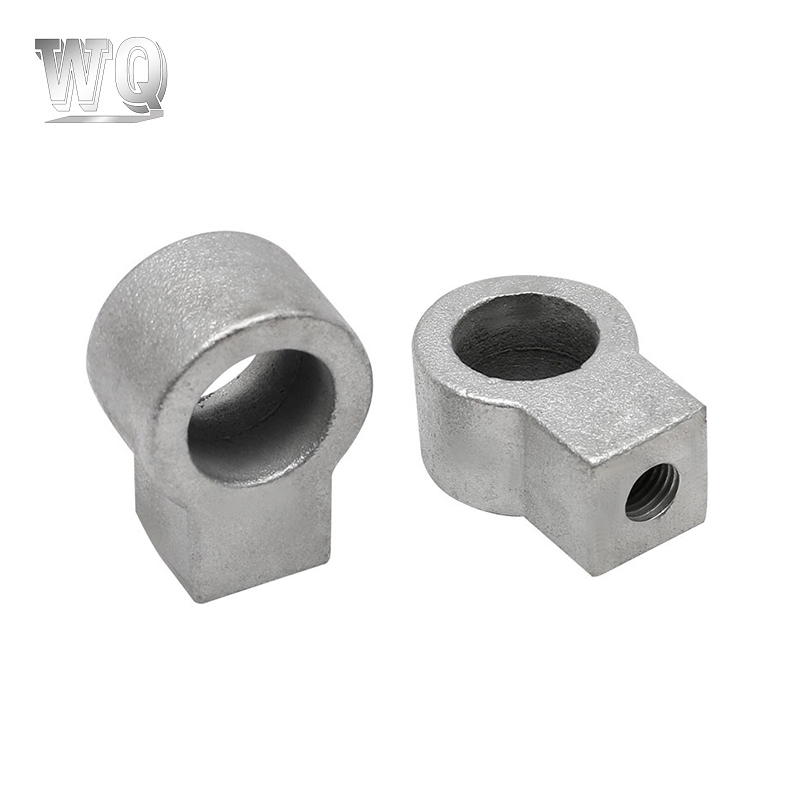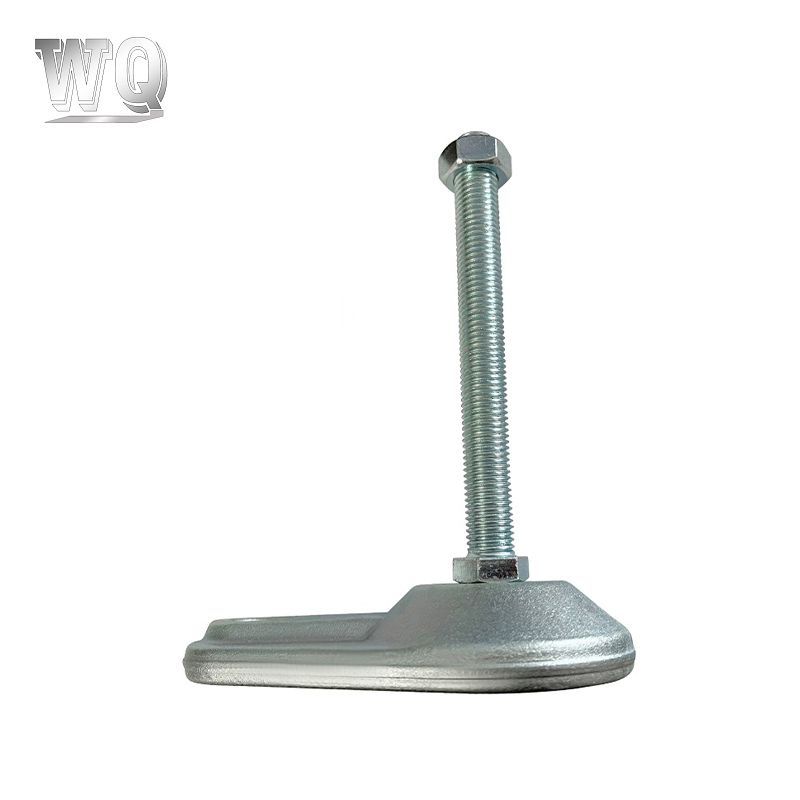Stainless steel casting parts are widely used in modern industry due to their excellent corrosion resistance, mechanical strength, and versatility. These parts are manufactured through a casting process in which molten stainless steel is poured into molds and cooled to form specific shapes. The resulting components can meet the demands of harsh environments, high temperatures, and heavy loads. Understanding the common types of stainless steel casting parts and their uses is crucial for engineers, designers, and manufacturers.
1. Common Types of Stainless Steel Casting Parts
Stainless steel casting parts can be classified based on their manufacturing processes, structural design, and application requirements. The most common types include:
- Investment Cast Stainless Steel Parts
- Characteristics: Also known as precision castings, these parts are made using a lost-wax process, allowing for high dimensional accuracy and intricate shapes.
- Examples: Valve components, pump impellers, and turbine blades.
- Advantages: Excellent surface finish, minimal machining required, suitable for complex geometries.
- Sand Cast Stainless Steel Parts
- Characteristics: Produced using sand molds, suitable for large and medium-sized components.
- Examples: Pipe fittings, pump housings, and heavy machinery components.
- Advantages: Cost-effective for larger parts, flexible mold design, and ability to produce parts with high wall thickness.
- Die Cast Stainless Steel Parts (less common)
- Characteristics: Created by forcing molten steel into metal molds under high pressure.
- Examples: Small precision fittings or decorative components.
- Advantages: Fast production, good surface finish, and consistent dimensions.
- Continuous Cast Stainless Steel Parts
- Characteristics: Used for long bars, rods, or structural components, cast continuously and later cut to size.
- Examples: Shafts, rails, and structural frames.
- Advantages: Uniform microstructure, consistent mechanical properties, and high production efficiency.
- Specialty Castings
- Some stainless steel castings are designed for specific industry standards, such as marine-grade (316L) or food-grade (304L) materials.
- Examples: Marine fittings, food processing equipment, chemical plant components.
- Advantages: Resistant to corrosion in specialized environments, compliant with industry regulations.
2. Uses of Stainless Steel Casting Parts
Stainless steel casting parts are used across a wide range of industries due to their combination of durability, corrosion resistance, and ability to withstand high temperatures. Common uses include:
- Industrial Machinery
- Cast stainless steel components are widely used in pumps, compressors, valves, and gear housings.
- These parts must endure mechanical stress, friction, and occasional chemical exposure, making stainless steel ideal.
- Automotive and Transportation
- Stainless steel castings are used in engine components, exhaust systems, and structural parts.
- High corrosion resistance ensures long-term durability under heat, moisture, and road salts.
- Chemical and Petrochemical Industries
- Components such as reactor vessels, pump casings, and piping flanges are often made from stainless steel castings.
- They provide resistance to acidic, alkaline, or saline environments, preventing corrosion and contamination.
- Marine Applications
- Stainless steel castings are used in ship fittings, propellers, valves, and pump housings.
- Marine-grade stainless steel ensures resistance to seawater corrosion and mechanical wear, prolonging service life.
- Food and Beverage Processing
- Cast components in mixers, hoppers, and conveyors are made from stainless steel for hygiene and corrosion resistance.
- Compliance with food-grade standards ensures safety and durability in wet and acidic conditions.
- Energy and Power Generation
- Turbine blades, heat exchangers, and valve components are often precision stainless steel castings.
- These components withstand high temperatures, pressure, and chemical exposure, making them essential for reliable energy production.
3. Advantages Driving Their Use
Stainless steel casting parts are preferred in many industries because they offer:
- Corrosion resistance, ensuring longevity in wet, acidic, or saline environments.
- High mechanical strength, allowing parts to withstand heavy loads and stress.
- Design flexibility, accommodating complex shapes and intricate geometries.
- Durability and maintenance efficiency, reducing downtime and replacement costs.
These advantages make stainless steel castings a cost-effective solution for both heavy-duty and precision applications.
Conclusion
Stainless steel casting parts come in a variety of types, including investment cast, sand cast, die cast, and specialty castings, each suited to different production requirements and applications. Their versatility allows them to be used in industrial machinery, automotive systems, chemical plants, marine environments, food processing, and power generation.
By combining strength, corrosion resistance, and design flexibility, stainless steel castings provide reliable, durable, and high-performance solutions across multiple industries, making them a critical component of modern manufacturing and engineering.










